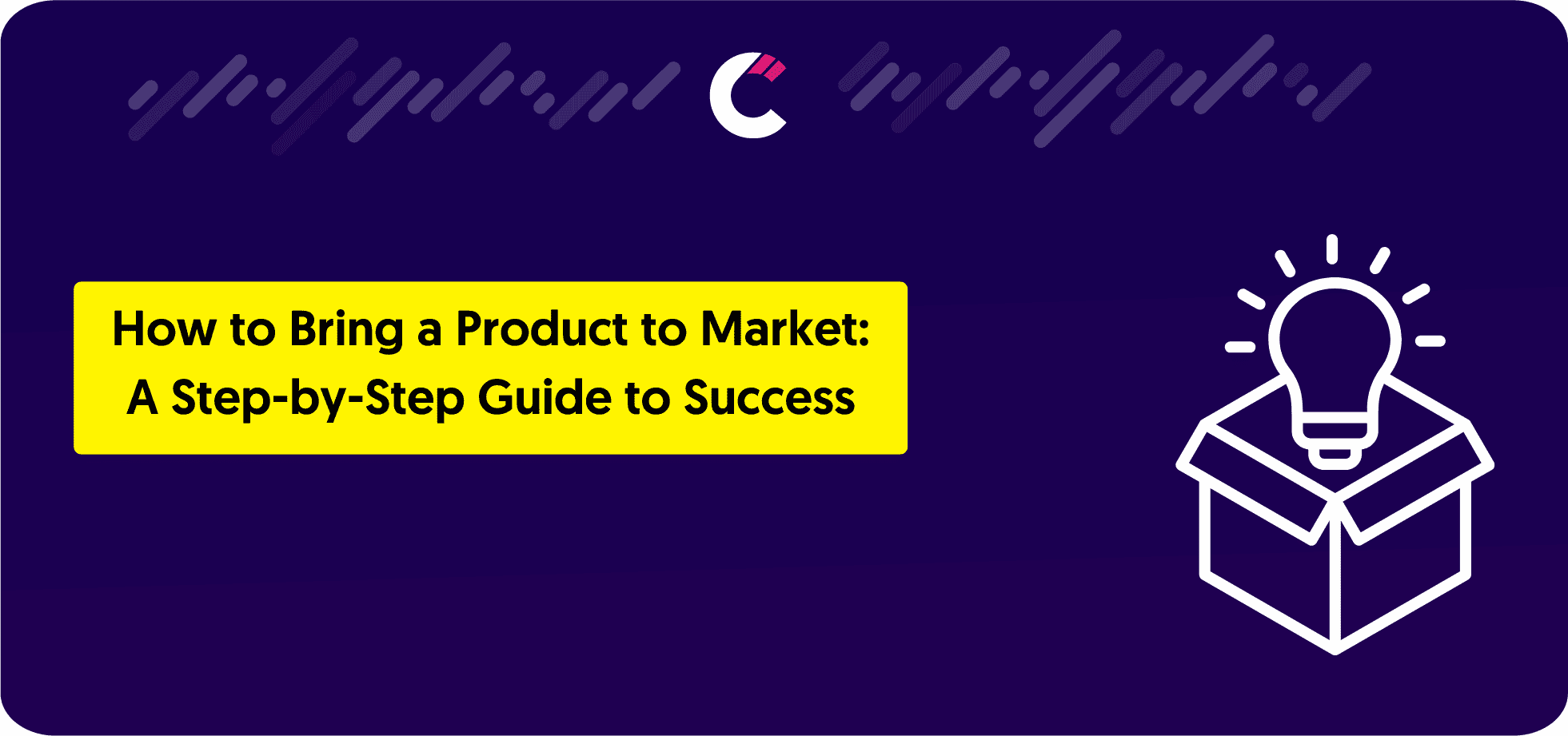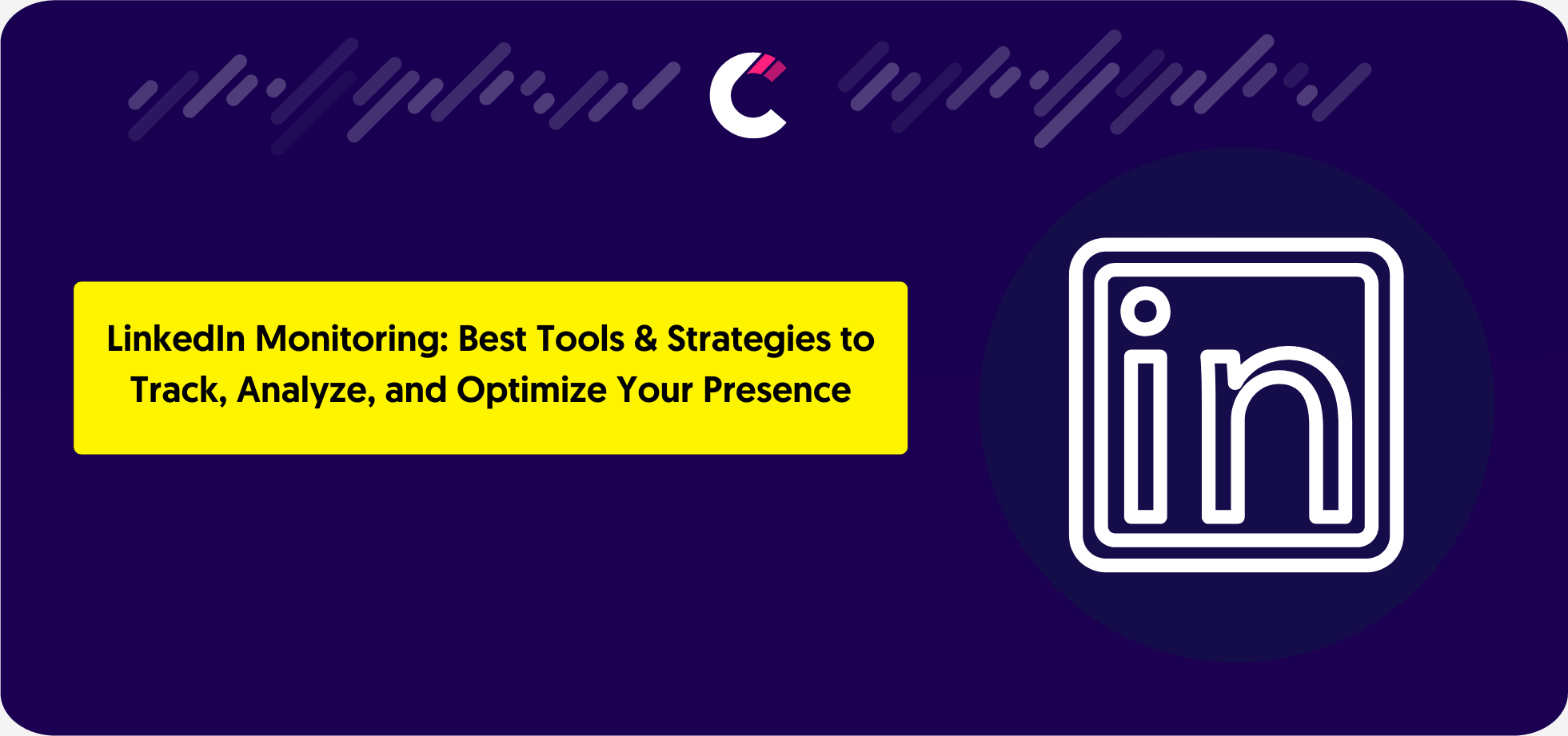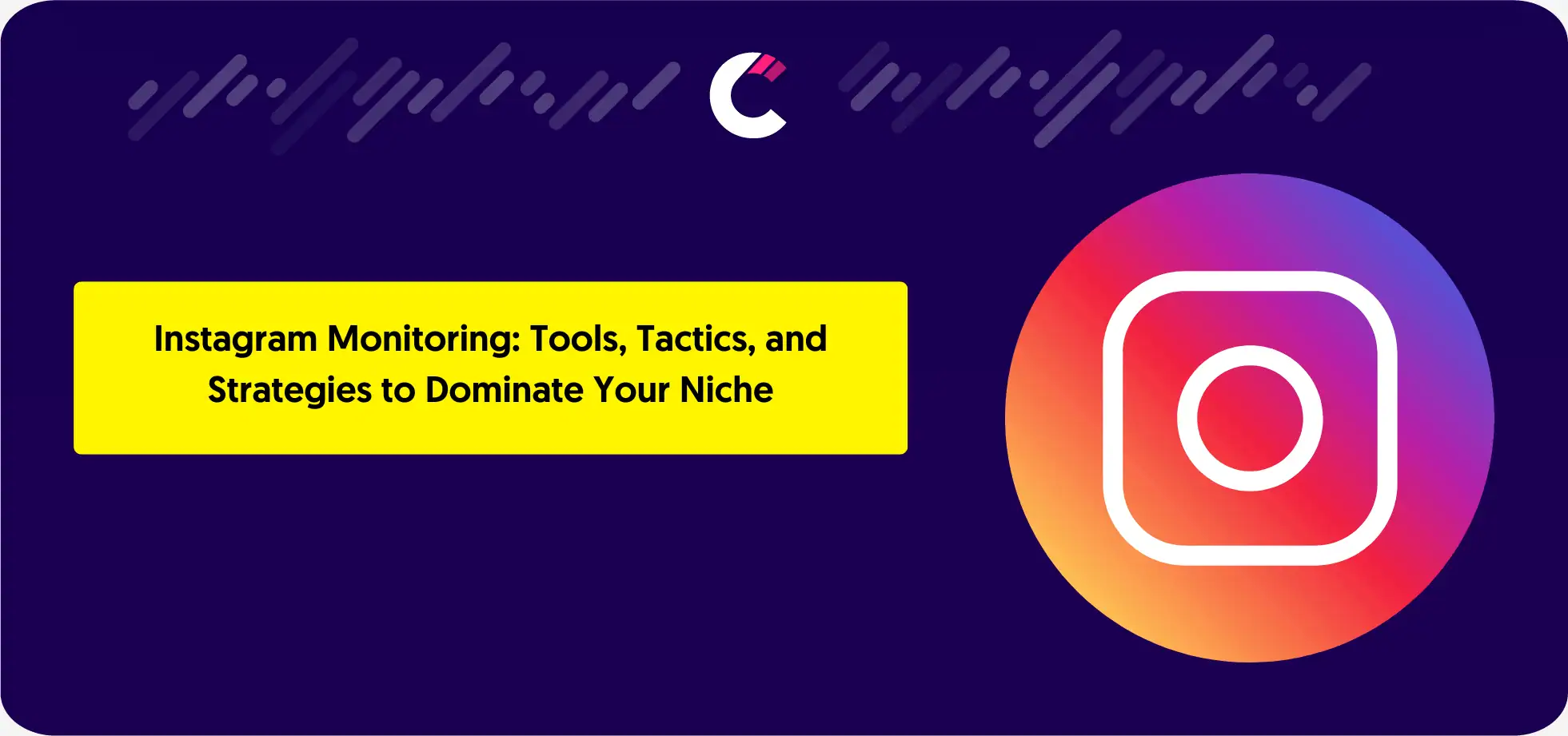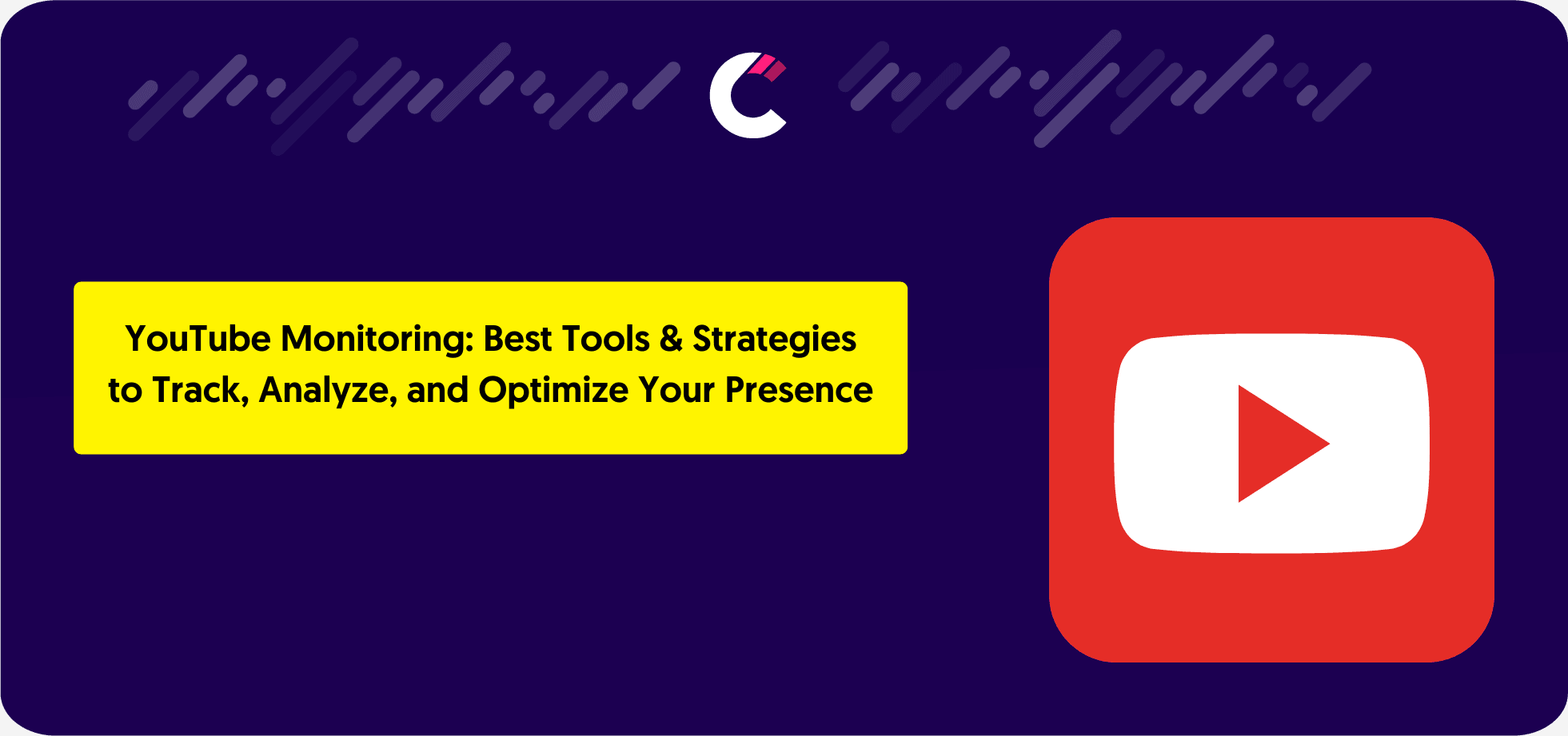Launching a new product can be both exciting and challenging. Understanding how to bring a product to market involves more than just having a great idea.
It’s about navigating a series of strategic steps that transform your concept into a successful product on the shelves or in the digital space. In this guide, we’ll explore each critical phase of the process, equipping entrepreneurs and businesses with actionable insights to make their product launch a success.
What Does Bringing a Product to Market Involve?
Bringing a product to market means taking an idea from its initial concept to being available for consumers to purchase. This process typically involves designing, testing, producing, and marketing a product. It’s not just about selling—it’s about creating something that meets a specific demand or solves a problem in the market.
Why It’s Important for Entrepreneurs and Businesses
For businesses and entrepreneurs, knowing how to bring a new product to market is essential to remain competitive and innovative. A successful product launch can drive revenue, strengthen brand positioning, and even open up opportunities for expansion. Failing to execute this process effectively, however, can result in financial losses and reputational damage.
Key Milestones in the Process
The journey to bring a product idea to market includes several key milestones:
- Idea Validation: Ensuring there’s a market need for your product.
- Prototyping: Developing a functional model to test and iterate.
- Market Testing: Gaining feedback from potential customers.
- Launch: Officially introducing the product to the market.
Each stage contributes to minimizing risks and maximizing the potential for success.
14 Steps to Bring a Product to Market
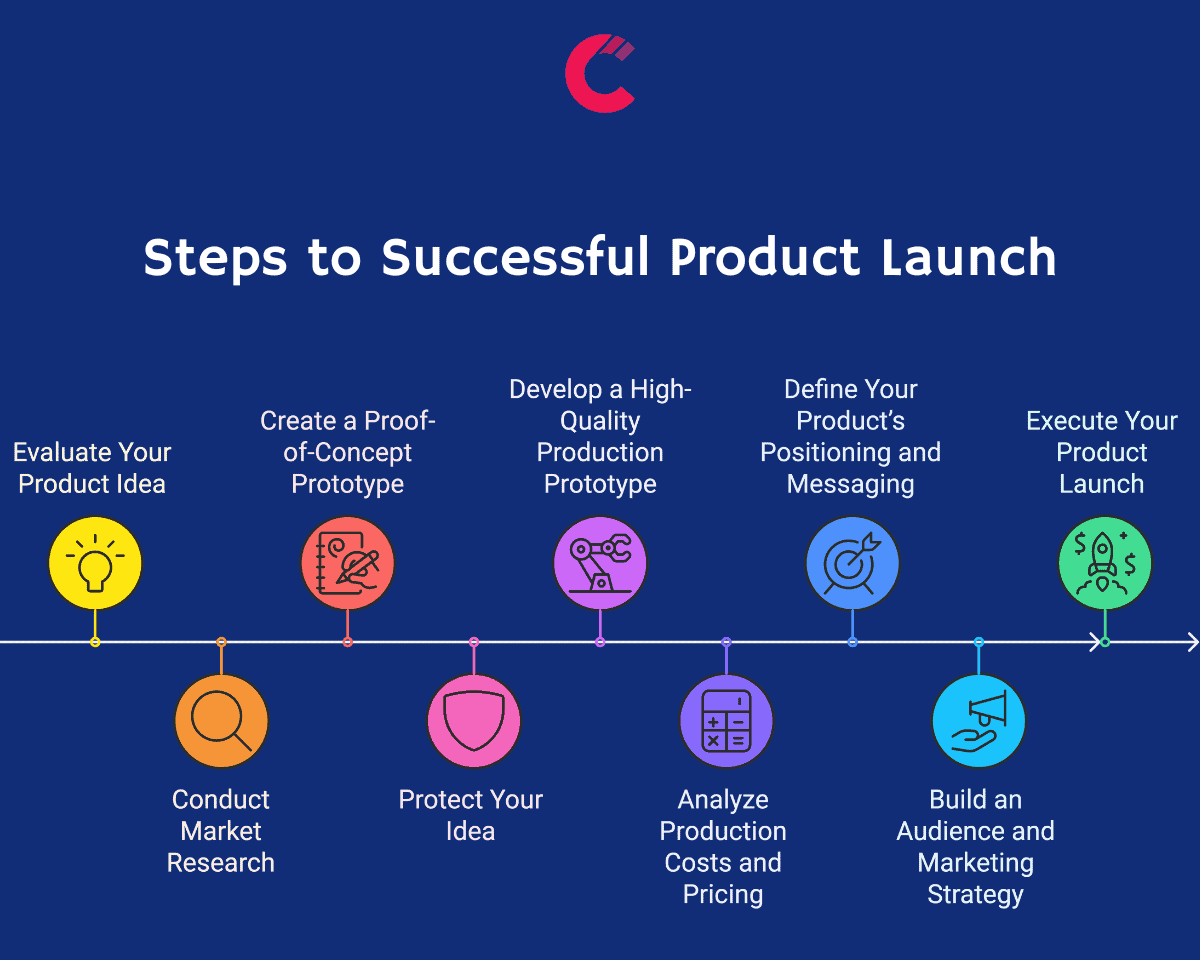
Step 1: Evaluate Your Product Idea
Every successful product begins with a solid idea, but not all ideas are worth pursuing. To effectively bring a product to market, start by evaluating your concept critically.
Conducting a Feasibility Study
This involves assessing whether your product idea is practical and has the potential for profitability. Ask yourself: Is there a demand for this product? Can it be manufactured at a reasonable cost? Conducting a feasibility study helps identify potential hurdles early in the process.
Identifying Customer Pain Points and Validating the Problem
A great product solves a real problem. Engage with your target audience to understand their challenges and confirm that your product addresses their needs. Tools like surveys, interviews, and focus groups can provide invaluable insights. Validating your idea ensures that your product has a market fit and reduces the risk of failure.
Step 2: Conduct Market Research
Thorough market research is the foundation for a successful product launch. Understanding the market landscape allows you to make informed decisions and uncover opportunities.
Understanding Customer Needs
Dive into your target audience’s preferences, purchasing behaviors, and expectations. This step involves creating buyer personas and analyzing trends within your niche. By doing so, you ensure your product aligns with customer desires.
Analyzing Competitors and Identifying Market Gaps
Evaluate your competitors’ products, pricing, and marketing strategies. Tools like SWOT analysis (Strengths, Weaknesses, Opportunities, Threats) can help identify what they’re doing well and where they fall short. Pinpointing gaps in the market gives your product a unique positioning advantage.
Step 3: Create a Proof-of-Concept Prototype
A proof-of-concept prototype bridges the gap between an idea and a functional product. It’s an essential step in ensuring that your concept is feasible and aligns with customer expectations.
Why Prototyping Matters
Creating an initial prototype allows you to test functionality and gather early feedback. It helps identify design flaws and ensures your product performs as intended before scaling further.
How to Develop a Functional Prototype
Collaborate with developers, designers, or product managers to build your prototype. Use accessible tools like wireframing, mockup tools, or prototyping software for cost-effective development. Ensure the prototype highlights the product’s key features while remaining simple enough to iterate upon.
Step 4: Protect Your Idea
Bringing a product idea to market comes with the risk of intellectual theft. Protecting your concept early can safeguard your hard work.
Exploring Provisional Patents and Intellectual Property Options
Filing for a provisional patent provides temporary protection while you finalize your product. Explore trademarks or copyrights if applicable, ensuring your brand and product identity remain uniquely yours.
Resources for Protecting Your Product Idea
Many online resources, including government websites, offer guidance on patent applications and intellectual property laws. Consider consulting an attorney specializing in intellectual property to navigate this process efficiently.
Step 5: Develop a High-Quality Production Prototype
Once your proof-of-concept prototype has been validated, it’s time to refine it into a production-ready version. This step ensures your product is both functional and market-ready.
Iterative Design Process
Design is an iterative process. Use feedback from initial testing to improve the prototype. Each iteration should address any identified flaws and enhance the product’s overall functionality and appeal.
Incorporating Feedback from Testing
Engage with test groups, including potential customers and industry experts. Their insights can help you fine-tune your design, ensuring the final product meets user expectations and performs reliably.
Step 6: Analyze Production Costs and Pricing
Understanding the financial aspects of production is critical when bringing a product to market. Miscalculating costs can lead to reduced profits or pricing issues.
Calculating Development Expenses
Break down all development costs, including software tools, team salaries, and hosting services. Assess your initial demand to determine the necessary scale and plan resources effectively.
Setting a Competitive Sales Price
A competitive price balances affordability for customers and profitability for your business. Research competitors’ pricing strategies and consider the perceived value of your product. Don’t forget to account for marketing and distribution costs in your pricing model.
Step 7: Define Your Product’s Positioning and Messaging
Positioning defines how your product stands out in the market, while messaging communicates its value to your audience. Both are essential for a successful product launch.
Crafting a Unique Value Proposition
Your value proposition should clearly articulate why customers should choose your product over others. Focus on the benefits and unique features that solve customer problems effectively.
Developing Key Messages for Your Target Audience
Tailor your messaging to resonate with your audience’s needs and preferences. Use language and visuals that highlight how your product improves their lives or businesses, ensuring consistent communication across all channels.
Step 8: Build an Audience and Marketing Strategy
Building anticipation before launch is crucial for generating interest and securing early adopters. A strong marketing strategy ensures your product gains visibility.
Designing Pre-Launch Campaigns
Pre-launch campaigns create excitement and educate potential customers about your product. Use email marketing, teaser ads, and landing pages to capture interest and build a mailing list of engaged prospects.
Leveraging Social Media and Other Channels
Social media is a powerful tool for generating buzz. Share behind-the-scenes content, engage with your audience, and collaborate with influencers to amplify your reach. Combine this with traditional channels like press releases or partnerships for maximum impact.
Step 9: Test the Market with a Beta Launch
A beta launch allows you to test your product with a smaller audience before scaling up. It’s an opportunity to gather insights and address issues.
Collecting Feedback Through Beta Testing
Invite a select group of users to test your product in real-world scenarios. Use surveys and interviews to gather detailed feedback on usability, functionality, and overall satisfaction.
Refining the Product Based on User Input
Analyze the feedback to identify areas for improvement. This iterative process ensures your product aligns with user expectations, increasing the likelihood of success during the full launch.
Step 10: Create Marketing and Sales Materials
Well-crafted marketing and sales materials are essential for capturing attention and converting interest into signups or purchases.
Designing Compelling Visuals and Promotional Content
Consider investing in video production in order to create high-quality visuals, including screenshots, demo videos, and interactive infographics. Ensure they effectively communicate your product’s key features and benefits. Engaging content builds trust and drives conversions.
Preparing for Product Announcements
Plan and prepare press releases, email campaigns, and social media posts to coincide with your launch. These materials should clearly convey your product’s value and encourage potential users to take action, such as signing up or downloading.
Step 11: Partner with the Right Companies
Collaborating with the right partners can enhance your product’s reach and distribution. Strategic partnerships ensure your product is available where your target audience shops.
Identifying Online Platforms or Digital Marketplaces
Research and connect with online platforms or digital marketplaces that align with your brand. Whether it’s app stores, SaaS platforms, or niche e-commerce sites, your choice should reflect your target audience’s digital buying preferences.
Collaborating with Small Businesses or Larger Firms
Consider partnerships with local businesses or larger firms to expand your network. These collaborations can help you tap into new markets.
Step 12: Train Your Team and Prepare for Launch
Your team’s readiness is vital for a smooth launch. A well-trained team ensures excellent customer experience and operational efficiency.
Ensuring Your Team Understands the Product and Processes
Provide comprehensive training sessions covering your product’s features, benefits, and target audience. Equip your team with the knowledge to handle customer inquiries confidently.
Establishing a Clear Sales and Support Strategy
Develop a strategy that outlines your sales goals, customer service standards, and support processes. Ensure your team is aligned with these objectives to create a seamless launch experience.
Step 13: Execute Your Product Launch
The official launch is your product’s big moment. Proper planning ensures your product gets the attention it deserves.
Building Buzz with an Announcement Campaign
Leverage all marketing channels—social media, email, PR, and advertisements—to announce your product. Use a combination of organic and paid strategies to maximize reach.
Key Steps to Ensure a Smooth Launch
Coordinate with your team and partners to address potential issues in advance. Monitor real-time feedback during the launch and be prepared to adapt to any unforeseen challenges.
Step 14: Measure Success and Improve
Post-launch analysis is essential for evaluating the success of your efforts and identifying areas for improvement.
Tracking Key Performance Metrics
Monitor sales data, customer feedback, and marketing performance metrics. Metrics like conversion rates, customer retention, and ROI provide valuable insights into how your product is performing.
Post-Launch Improvements Based on Feedback
Use post-launch feedback to refine your product or processes. Continuous improvement ensures long-term success and helps your product stay competitive in the market.
Common Challenges When Bringing a Product to Market
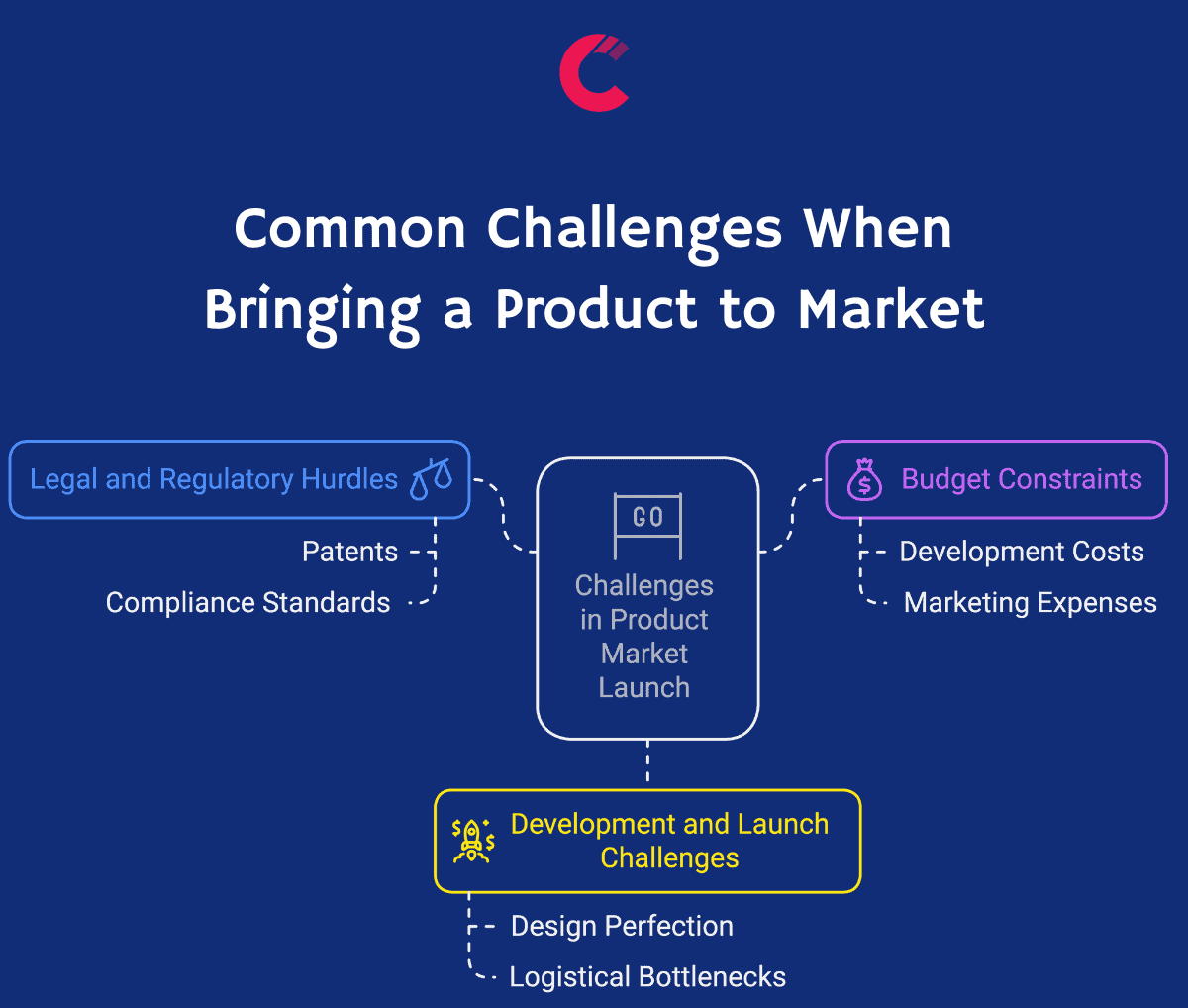
Bringing a product to market is an exciting journey, but it comes with its own set of challenges. Recognizing these potential hurdles early and preparing for them can help you avoid setbacks and ensure a smoother launch.
Navigating Legal and Regulatory Hurdles
Regardless of the product type, meeting legal and regulatory standards is non-negotiable. These can include patents, compliance with industry standards, or adhering to specific guidelines for marketing and distribution. Consulting with legal professionals who specialize in your market ensures your product complies with all necessary regulations, reducing the risk of delays or penalties.
Managing Budget Constraints
Budgeting effectively is a critical part of the process. Costs for development, testing, marketing, and distribution can quickly add up, especially without a clear financial plan. Prioritize spending on the most impactful areas and explore funding options like investors, grants, or partnerships to manage financial limitations.
Overcoming Development and Launch Challenges
Delays during development or unforeseen challenges at launch can derail your timeline. Whether it’s perfecting the design or resolving logistical bottlenecks, it’s essential to have contingency plans in place. Building strong partnerships with trusted collaborators and maintaining open communication with stakeholders helps mitigate these risks.
Frequently Asked Questions About Bringing a Product to Market
How do I bring a product idea to market?
To bring a product idea to market, follow these steps:
- Validate your idea through market research and customer feedback.
- Develop a prototype or MVP to test functionality.
- Protect your intellectual property.
- Build a marketing strategy to generate interest and demand.
- Launch your product and refine it based on user feedback.
How much does it cost to bring a new product to market?
Costs can vary widely depending on the type of product:
- Development and prototyping: $10,000–$50,000 or more.
- Marketing campaigns: $5,000–$30,000 based on the scale.
- Production or hosting: $1,000–$100,000 depending on the size and scope.
Careful planning and leveraging cost-efficient tools can help manage expenses.
How long does it take to bring a product to market?
The timeline typically ranges from 6 months to a year or more, depending on:
- Development cycles and testing phases.
- Regulatory approvals or certifications.
- Marketing and pre-launch preparations.
Breaking the process into phases can help keep the project on track.
Can I outsource parts of the process?
Yes, outsourcing can be beneficial for:
- Development: Engaging specialists to handle technical aspects.
- Design: Working with experienced professionals to create appealing visuals.
- Marketing: Partnering with agencies to optimize your promotional efforts.
Outsourcing can save time and provide access to expertise that enhances your product.
What are the biggest challenges in bringing a product to market?
Key challenges include:
- Ensuring product readiness and reliability at launch.
- Standing out in a competitive market.
- Managing production costs and unexpected delays.
